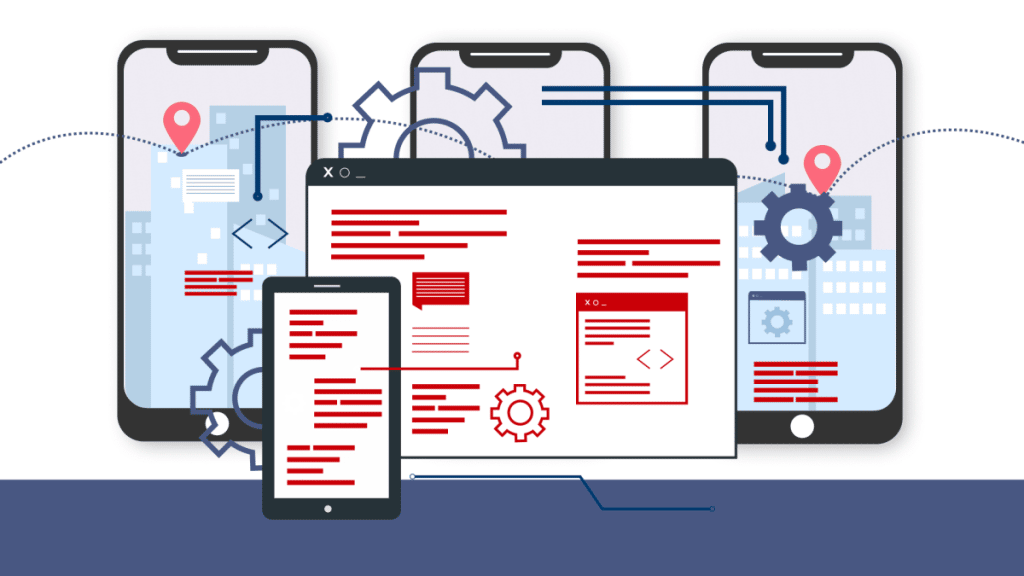The term “last mile” refers to the portion of the telecommunications infrastructure that is closest to a user. The technology used in this area is called last-mile technology, and it can be either fixed or wireless.
In the context of telecommunications, the last mile problem refers to the distance between a broadband internet service provider’s infrastructure and a customer’s home or place of business. One of the major expenses that many companies and homeowners encounter when attempting to get internet services outside of urban regions is last mile connectivity. Note that the phrase is metaphorical; the real distance, especially in rural regions, might be greater than a mile.
Last-mile connectivity takes into account how far from an exchange you are located, which can make it difficult for you to access high-speed internet services if your address falls outside of a city. This is where last-mile solutions come into play: they offer you higher speeds at lower costs than traditional broadband providers do because they provide you with fiber optic cables instead of copper wires or other methods used by traditional providers.
What makes it the last mile?
The final mile, which is the link between the ISP and the location of the customer premises equipment, such as a user’s home or business, is where the phrase first appeared in the telecommunications industry. The hubs along delivery routes in delivery enterprises are situated at areas close to the central point of frequent delivery destinations.
What does last-mile optimization entail?
Optimizing your delivery processes and customer experience to satisfy consumer expectations is known as “last mile delivery optimization.” It’s intended to support your brand development, increase consumer loyalty, and increase revenue.
Applications for last mile technologies
The main advantage of last mile technologies is that they provide customers with more bandwidth than they would have if they were connected by traditional copper wire lines. This increased bandwidth can be used for things like streaming video, online gaming and voice over IP (VoIP) services.
There are several applications for last mile technologies:
· Telecommunications
Last mile connectivity allows telecom providers to offer faster internet speeds and more bandwidth than traditional copper-based networks.
· Entertainment
Entertainment service providers use last mile technologies to deliver content over the internet to subscribers’ homes or on mobile devices such as smartphones and tablets.
· Consumer Electronics
Consumer electronics manufacturers use last mile technologies such as optical fiber cables and amplifiers to connect televisions, DVD players, Blu-ray Disc players and other equipment in order for consumers to enjoy their entertainment options without having to run wires directly from their television sets
How can I run my last mile better?
Top 7 methods for enhancing last-mile delivery
1. Organize all logistical data in one place.
2. Real-time driver tracking should be provided.
3. Automate updates to the delivery status.
4. Enhance your interactions with drivers.
5. Track the performance of the driver.
6. Increase the variety and ease of choosing.
7. Automate driver dispatch and route planning.
What are three last mile connectivity examples?
Examples include the coaxial cable service drops that carry cable television signals from utility poles to subscribers’ homes, the copper wire subscriber lines that connect landline telephones to the local telephone exchange, and the cell towers that connect nearby cell phones to the cellular network.
Which technological advancement digitized the final mile?
The Internet of Things is the most advanced last-mile delivery technology available today (IoT). IoT allows shipping firms to follow their last-mile delivery vehicles in real-time and obtain comprehensive information about their performance, traffic patterns, and route efficiency.

